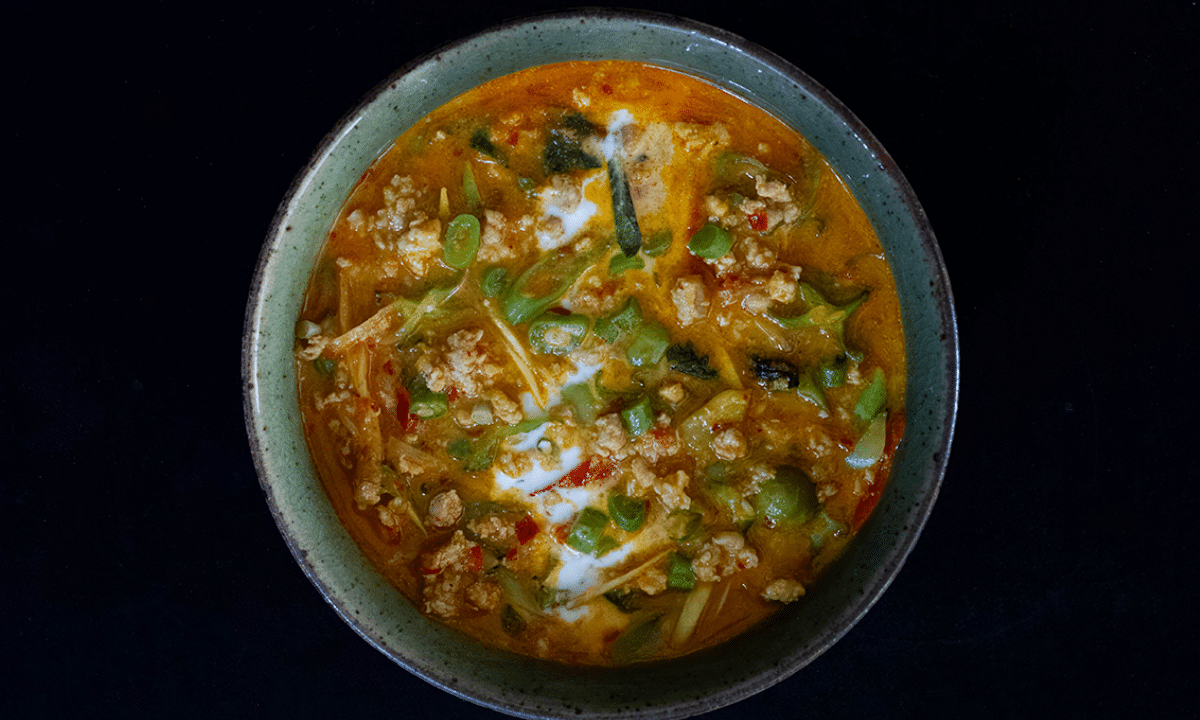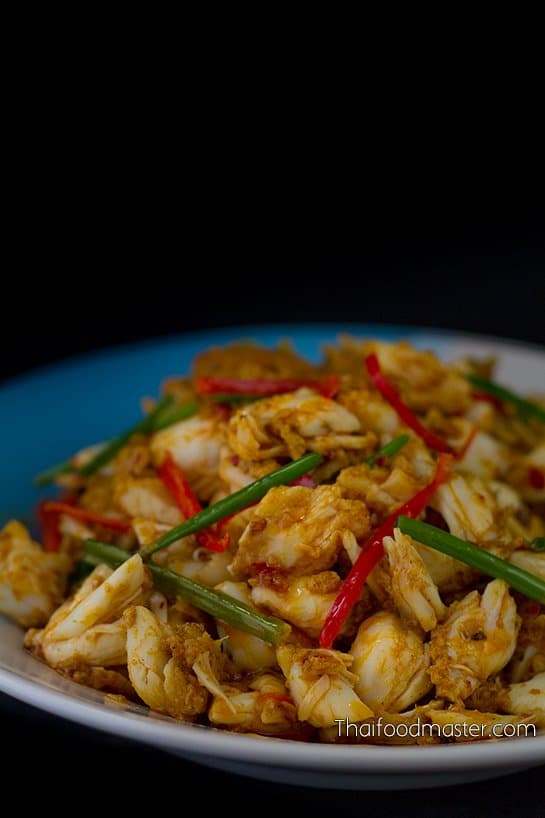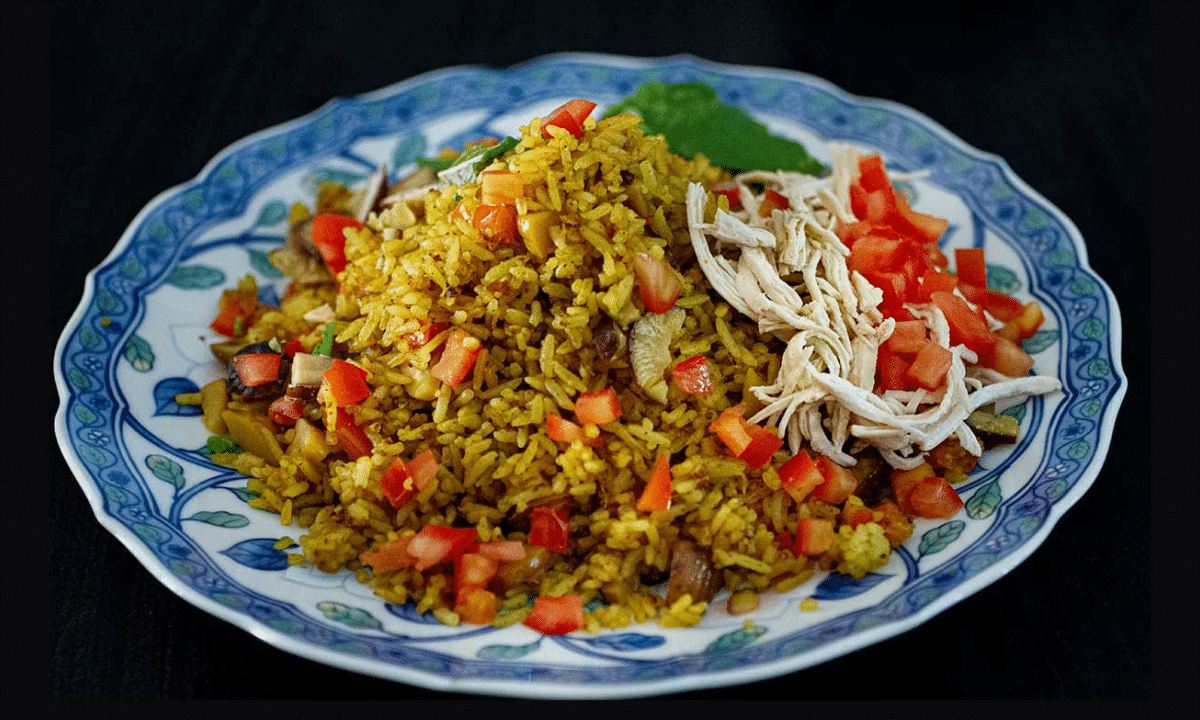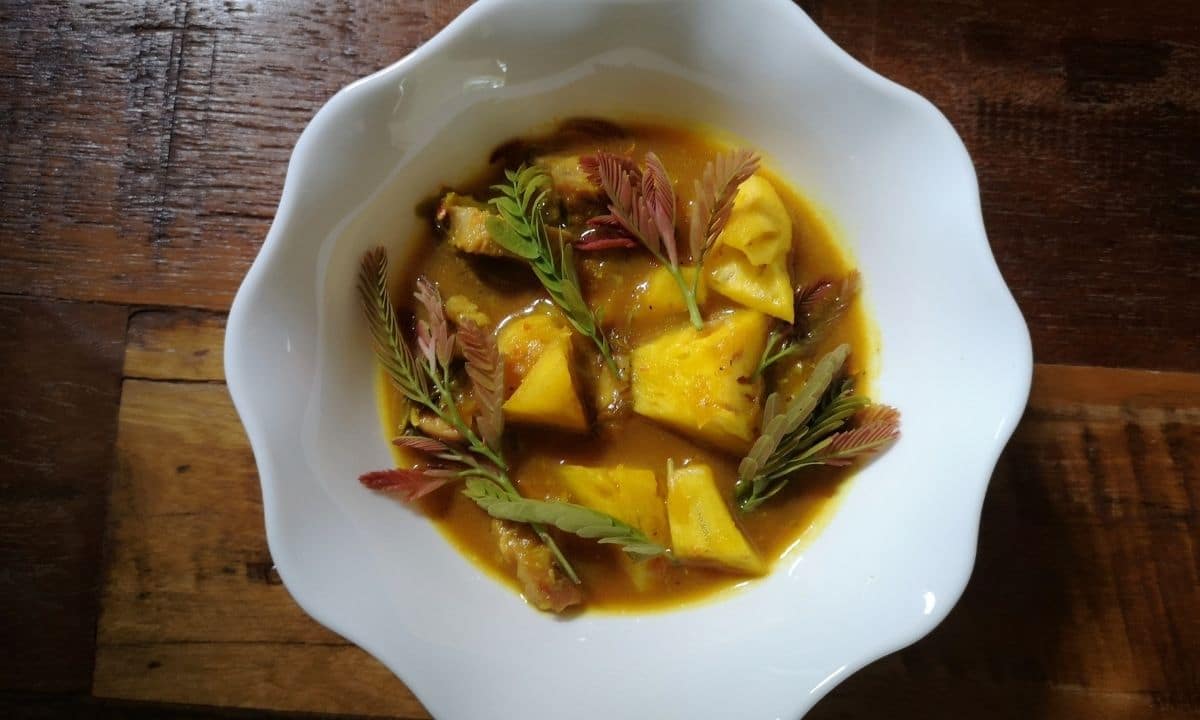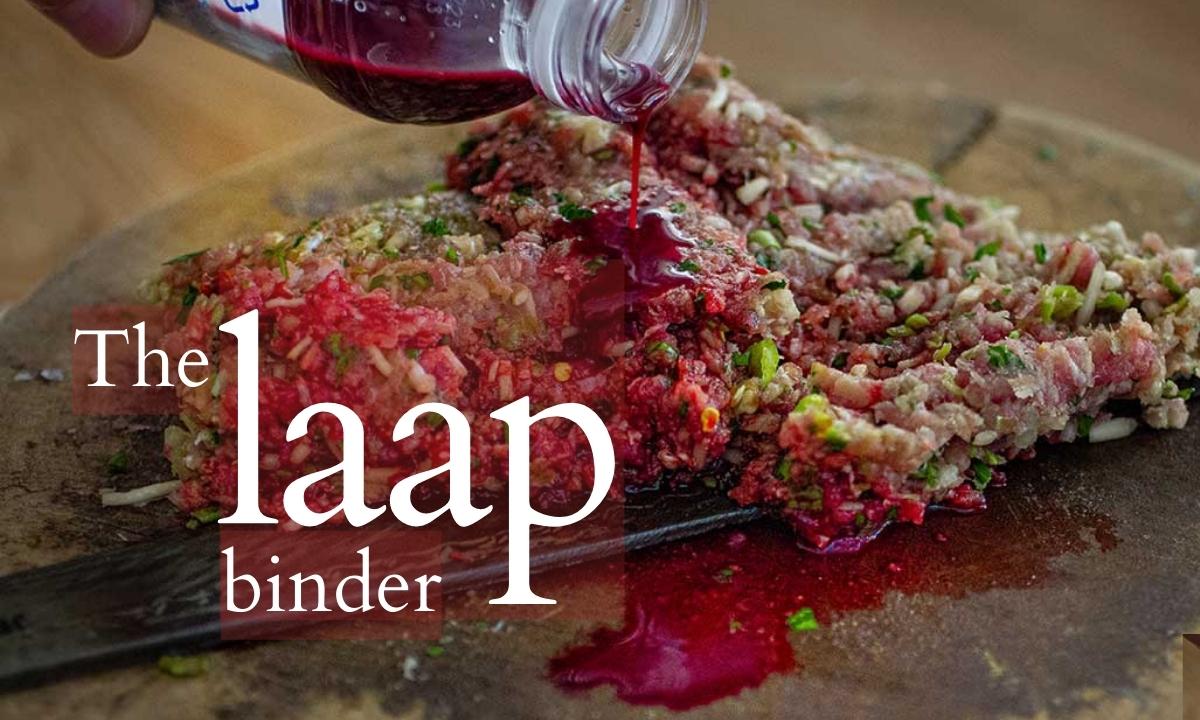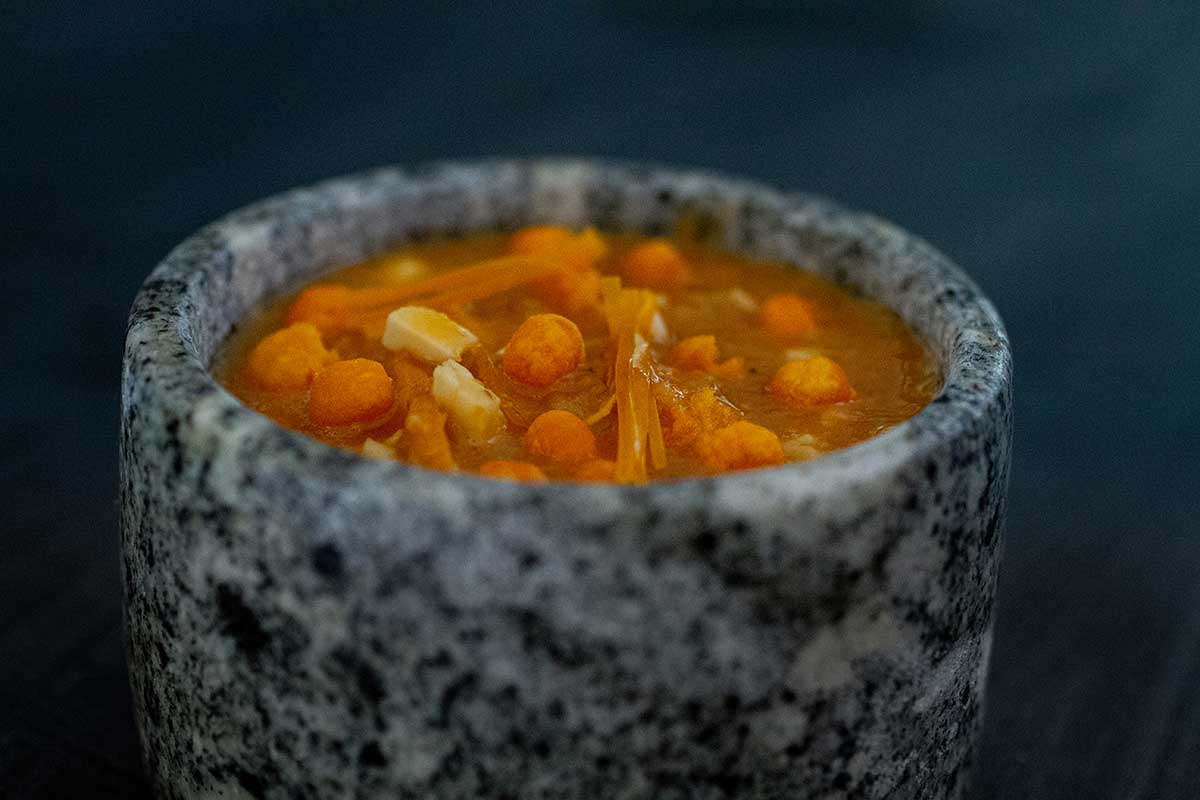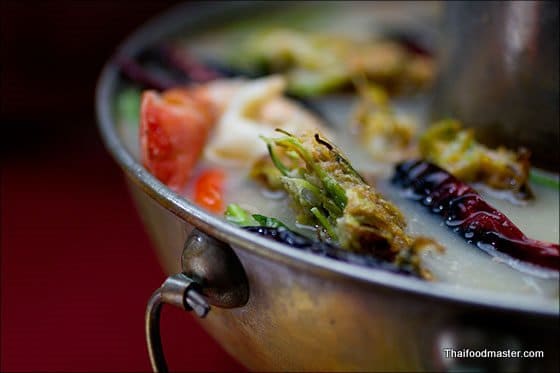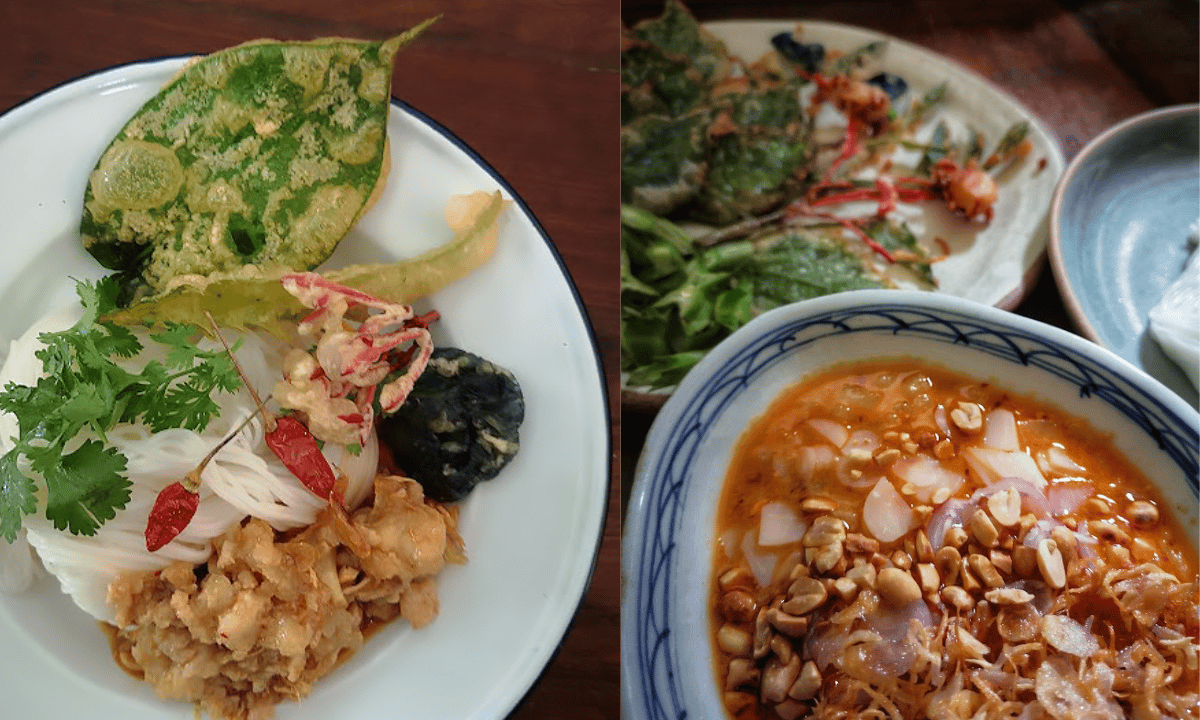We’re sorry, but it looks like you don’t have the necessary permissions to view this content.
- Upgrade to full membership and get immediate access
- Sign up for MKHP_as_is only
To unlock the full experience of our authentic Thai cuisine recipes, tips, and exclusive content, consider joining our membership. Becoming a member gives you access to:
Exclusive content:
Discover traditional and modern Thai recipes not available to non-members.
Traditional Recipes: Members gain access to a collection of authentic Thai recipes that have been revived from historical texts or are traditional dishes that aren’t commonly found in mainstream Thai cooking resources.
Cooking Tips and Techniques
Learn from experts to perfect your Thai cooking skills.
Expert Guidance: Members receive tips and techniques from experienced chefs and Thai food experts. This includes detailed instructions on preparation methods, such as how to properly slice ingredients, cook meats to the right consistency, and balance flavors perfectly .
Visual Frameworks: Unique visual frameworks available nowhere else help guide members through the cooking process. These frameworks, such as the Visual Flavor Profiling System, illustrate the relationships and interactions between different flavor components, aiding in the creation of balanced, complex and flavorful Thai food creations.
Step-by-Step Guides: Many recipes and techniques are accompanied by visual aids like photos and videos, ensuring that members can follow along easily and achieve the best results in their cooking endeavors.
Hanuman’s Research and Insights
Access exclusive research and insights from Hanuman.
In-Depth Articles and Analysis: Members can delve into Hanuman’s comprehensive research on Thai cuisine, which includes historical contexts, cultural influences, and detailed analysis of traditional cooking methods. Hanuman’s work provides valuable insights into the art and science of Thai cooking, helping members to understand and appreciate the depth of Thai culinary traditions.
Access to ThaiFoodAI: Gain exclusive access to the ThaiFoodAI waiting list and be among the first to use it as we release it. ThaiFoodAI is an innovative tool designed to enhance your cooking experience offer advanced culinary insights. Members will have priority access, allowing them to leverage this cutting-edge technology before it becomes widely available.
Already a Member?
If you’re already a member, please log in to access this page. If you’re having trouble, visit our support page for assistance.
Not a Member Yet?
Don’t miss out! Join us today and start your culinary adventure with Hanuman’s Thai cuisine.
Need help? Contact us.
An error has occurred:
You don’t have access to view this page
If you continue to experience this problem, please contact us.


